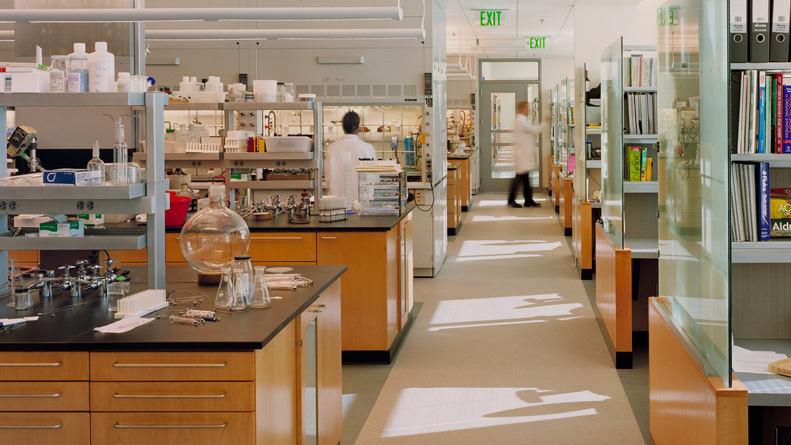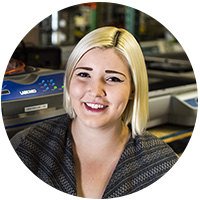
While many scientists and lab managers may be skeptical of
the used and refurbished lab equipment market, the savings and quality of
refurbished equipment should not be underestimated, especially in a startup or
budget-conscious climate.
First, one must consider the differentiation between
qualities of used equipment. “Used” in different contexts could mean anything
from refurbished or remanufactured to even being sold as-is. The latter of
these is what often causes suspicion when buying “used” lab equipment; as-is
products are truly second-hand, and though they may often seem to be a bargain,
they are usually accompanied with no knowledge of prior use, no guarantee of
functionality, and/or little to no warranty upon purchase. But many providers
and retailors often categorized as “used” sellers are instead truly retailors
of refurbished and remanufactured equipment sold at top factory specifications
(including Marshall Scientific).
So for truly refurbished products, the risk of purchase is
extremely minimal, while also providing an obvious cost-effective solution for
growing labs, both large and small. Savings from outfitting a lab with
refurbished equipment are monumental, with prices often 30 to 70% lower than
those of competing new equipment. But how is this possible? Oftentimes,
resellers purchase extra or no longer essential equipment directly from
industry labs, buy-out closing labs’ inventory when intellectual property has
been sold, or purchase from auctions. Then their finds are carefully refurbished,
tested, and calibrated to perform at factory specifications by skilled certified
technicians.
These economical choices should also come without stress or
worry to any buyer, meaning the entirety of the purchasing, delivery, and
service process should also be as good as, if not superior, to that of original
equipment manufacturers (OEMs). This means your supplier, in most cases, knows
their stuff, including being able to answer important questions about the
equipment they offer and insight to alternatives and current competitive
industry products. Refurbished equipment retailers can also often deliver their
products immediately to within a couple weeks’ time, unlike OEMs which often
keep inventories low and could require months before delivery. Trusted refurbished
providers frequently offer warranties on all of their products, like our
standard full 90 day parts and labor warranty, to ensure any malfunctions are
not a result of overlooked pre-existing conditions during remanufacturing or
refurbishing.
Another measure of value when choosing refurbished over new
equipment is environmental footprint. By partially or fully furnishing a lab
with reconditioned equipment, you have helped to minimize waste and human
impact or, at the least, saved landfill space. Many refurbishers sell equipment
that is still available new or as top-performing from OEMs, offering the exact same
energy efficiency and sustainability without the need for new production and
consumption, while also at a lower price.
While it’s understandable to still be hesitant and proceed
with caution when considering purchasing “used” lab equipment, sourcing items
from a trusted retailor is a good start. With a currently fast-expanding market
for refurbished equipment and new resellers, all providers are being held
accountable to a higher standard than ever before. And here at Marshall
Scientific, we’re more than ready to prove our worth in the marketplace.



